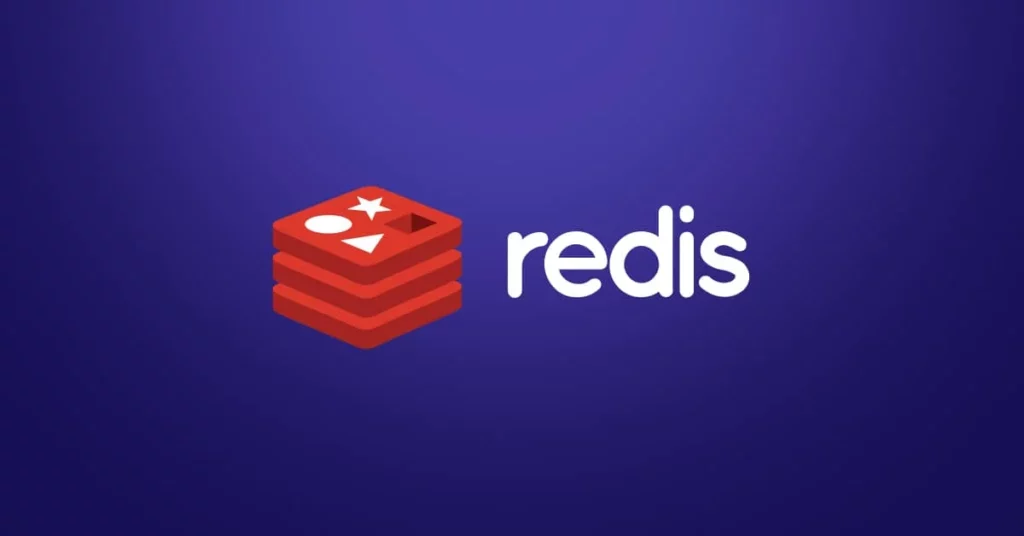Welcome to the fast-paced realm of Redis, the in-memory data structure store with an incredible open service ecosystem.
Redis: A Brief Synopsis
Redis, standing for REmote DIctionary Server, is an open-source, in-memory data structure store utilized as a database, cache, and message broker. Known for its speed and efficiency, Redis can handle various data types, including strings, hashes, lists, and sets. However, its real power is harnessed through its rich ecosystem of open-source tools and integrations.
Redis’s Open Service Ecosystem
Let’s dive into the top open-source tools that integrate with Redis and enhance its capabilities.
1. Redisson:
- Purpose and Use Case: Redisson is a Java client for Redis that allows for data partitioning, data replication, and in-memory computing.
- Supported Platforms and Integration: As a Java client, Redisson works seamlessly with Redis, offering an enhanced experience.
- Ease of Use and Learning: The Redisson API is comprehensive and easy to use, making the tool accessible to developers.
- Scalability and Extensibility: Redisson is highly scalable and extensible, ideal for building high-performance, distributed applications.
2. RediSearch:
- Purpose and Use Case: RediSearch is a Redis module that provides full-text search capabilities.
- Supported Platforms and Integration: RediSearch integrates smoothly with Redis, augmenting its searching abilities.
- Ease of Use and Learning: Its straightforward commands make RediSearch relatively easy to use and learn.
- Scalability and Extensibility: RediSearch is highly scalable, offering fast indexing and querying capabilities.
3. RedisGraph:
- Purpose and Use Case: RedisGraph is a graph database module for Redis.
- Supported Platforms and Integration: RedisGraph integrates perfectly with Redis, adding graph database functionality.
- Ease of Use and Learning: RedisGraph uses Cypher query language, which can be challenging for beginners.
- Scalability and Extensibility: RedisGraph offers high scalability, ideal for handling large graph databases.
4. Redis Streams:
- Purpose and Use Case: Redis Streams is a log data type for capturing and storing data streams.
- Supported Platforms and Integration: Redis Streams is an integral part of Redis, enhancing its capability to handle streaming data.
- Ease of Use and Learning: With a simple API, Redis Streams is fairly easy to use and learn.
- Scalability and Extensibility: Redis Streams is scalable and ideal for handling large streams of data.
5. Lua scripting:
- Purpose and Use Case: Lua scripting allows for running scripts in Redis.
- Supported Platforms and Integration: Lua scripts run directly in Redis, providing a way to execute complex commands atomically.
- Ease of Use and Learning: Knowledge of the Lua programming language is required, which might present a learning curve.
- Scalability and Extensibility: Lua scripts can be highly efficient and scalable, depending on the script’s complexity.
Synergy or Solo?
These open-source tools, each powerful in their unique ways, integrate and collaborate beautifully with Redis. The synergy they create expands Redis’s capabilities, making it an even more formidable solution for data storage and processing needs.
In Conclusion
Redis’s open service ecosystem is a treasure trove of tools designed to amplify its efficiency and adaptability. From handling streaming data with Redis Streams to executing complex commands with Lua scripting, Redis’s ecosystem has a solution for all your data needs.
At Anant, we help businesses modernize and maintain their data platforms. Our expertise can guide you to harness the full potential of Redis and its expansive ecosystem. Reach out to us today, and let’s build the future of your data together.




